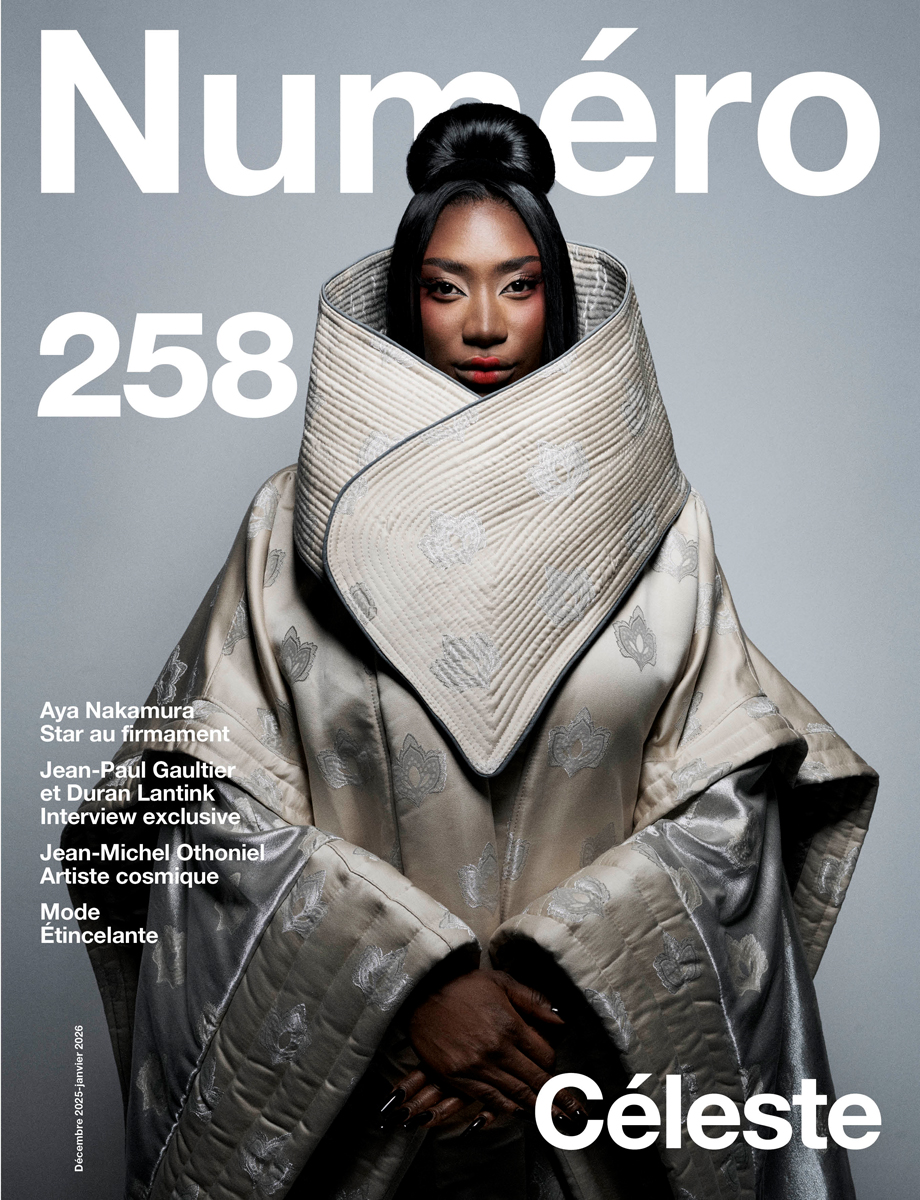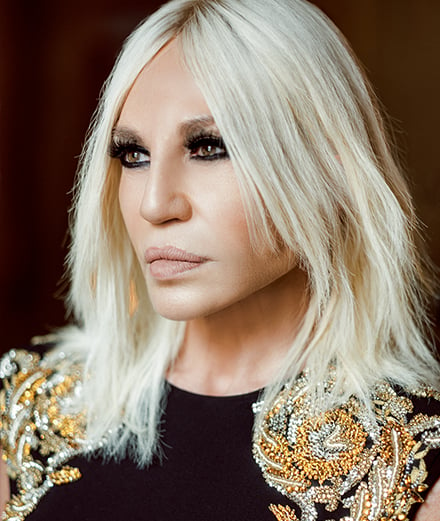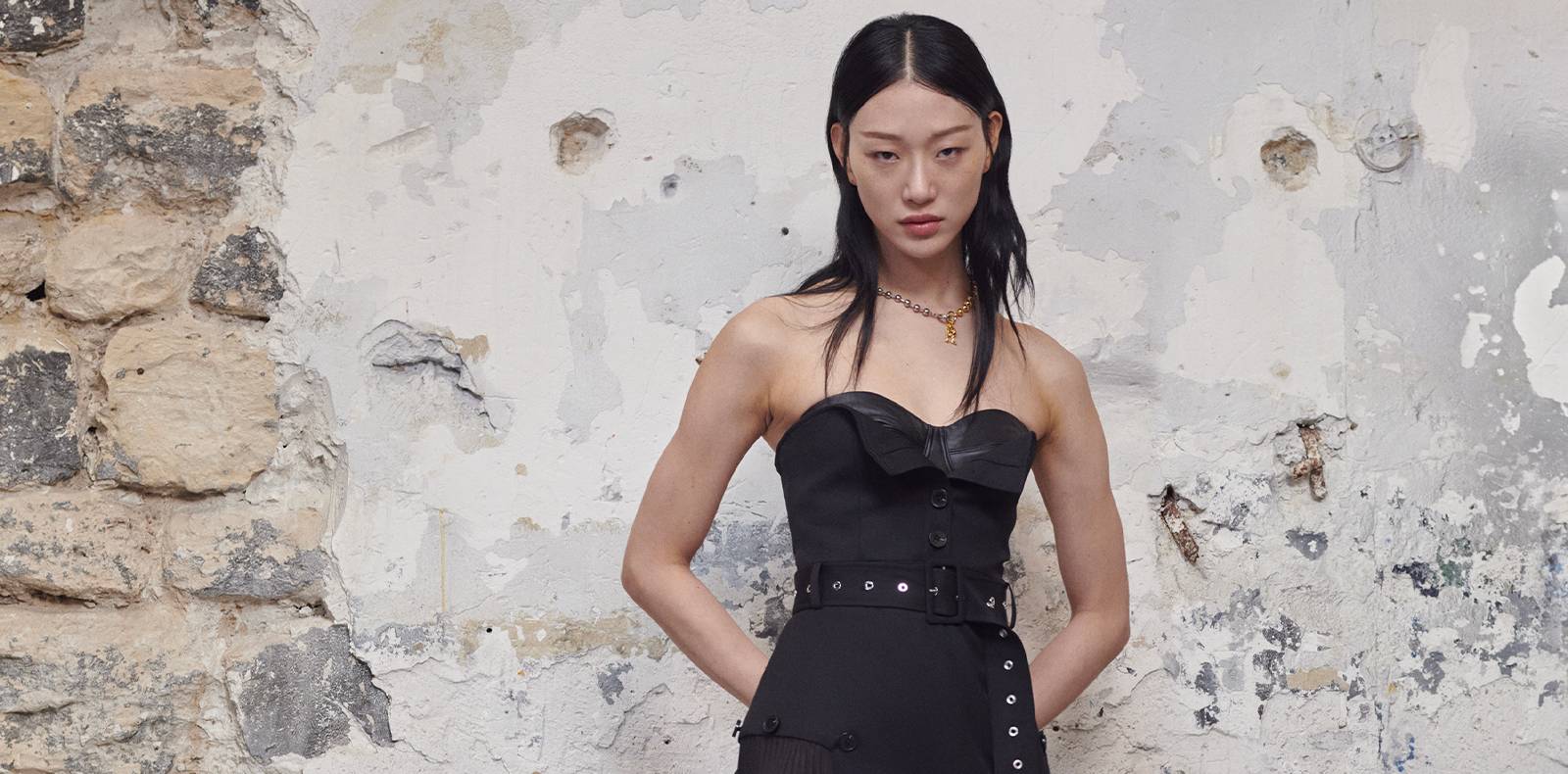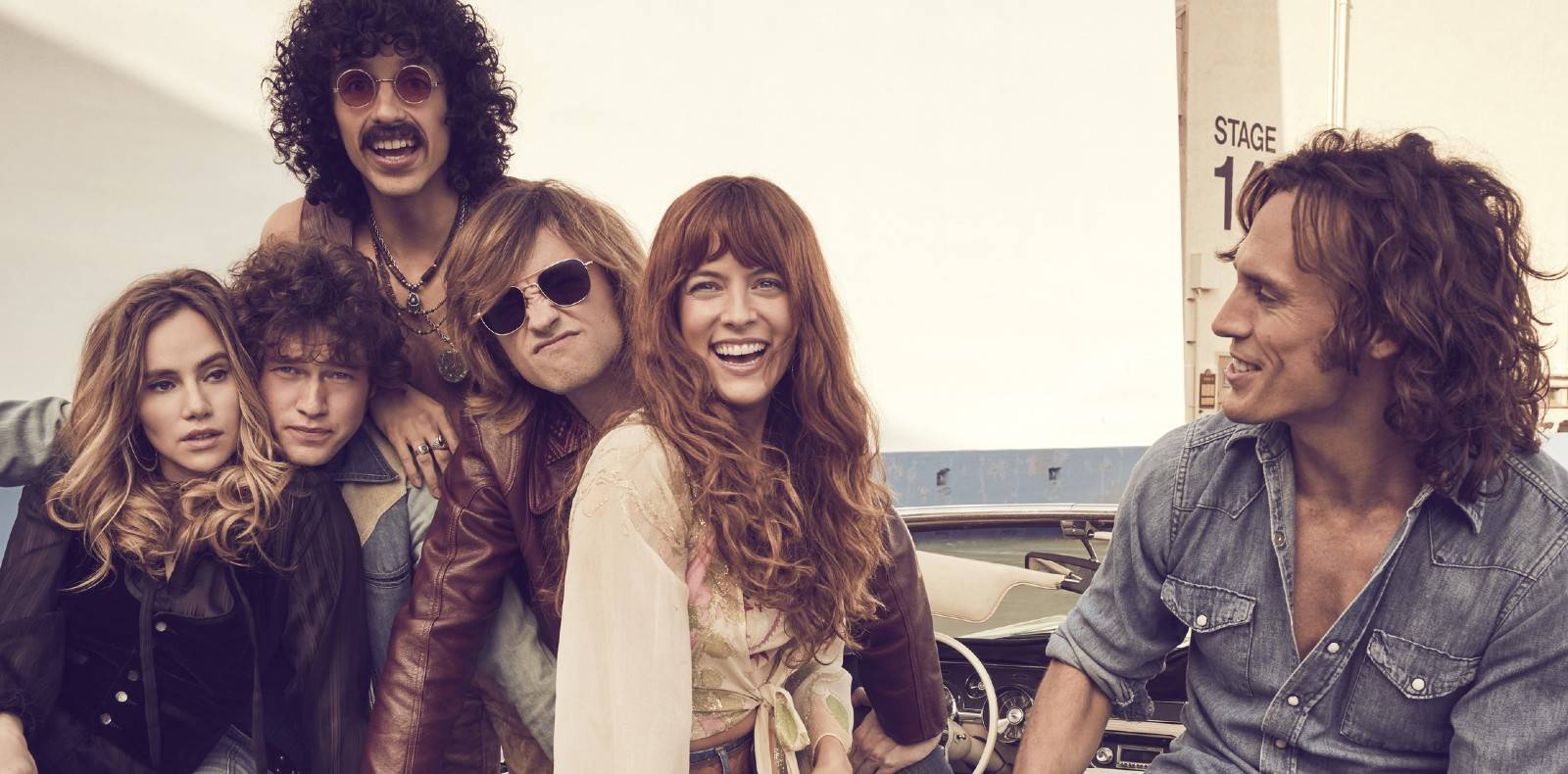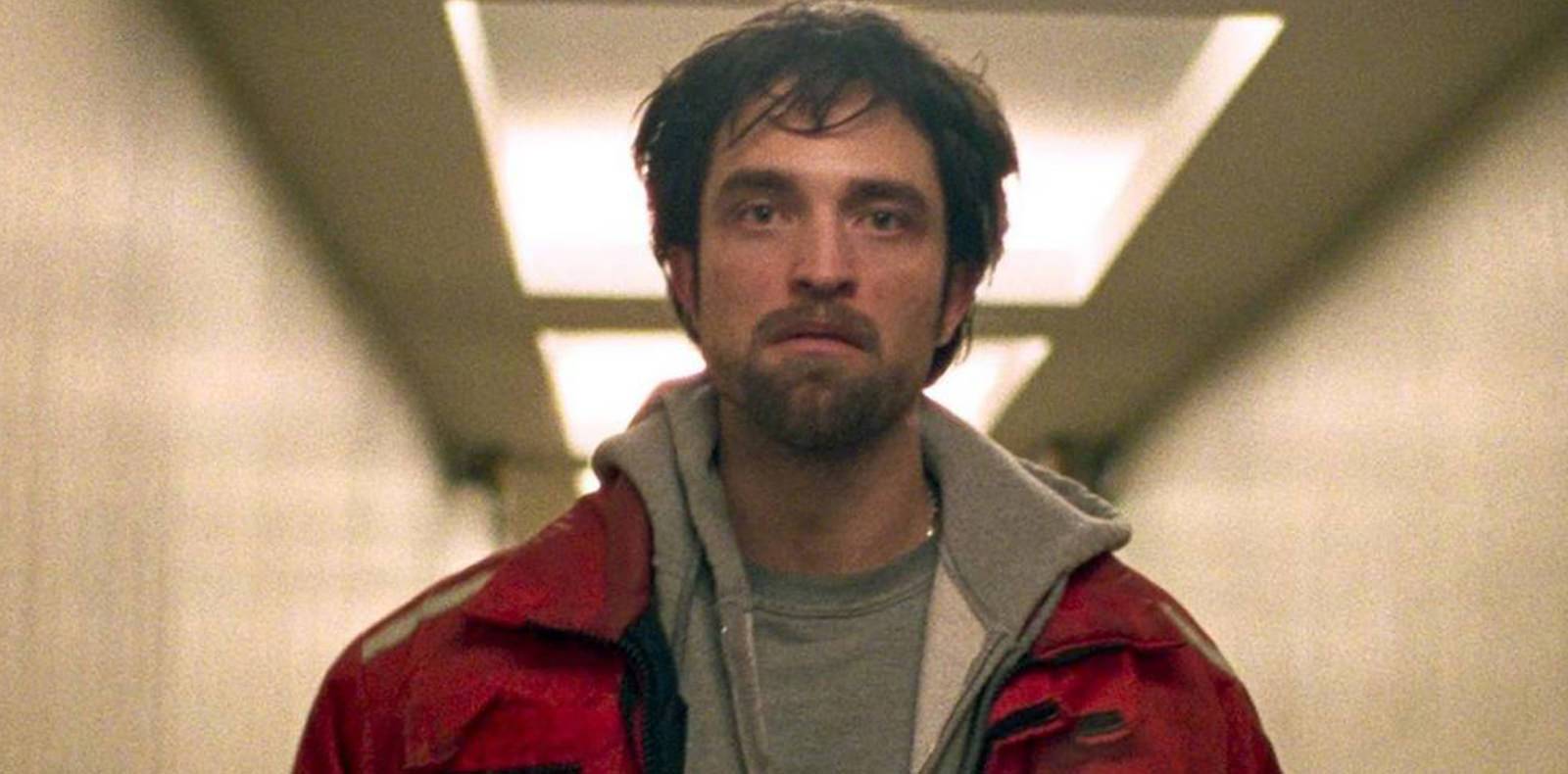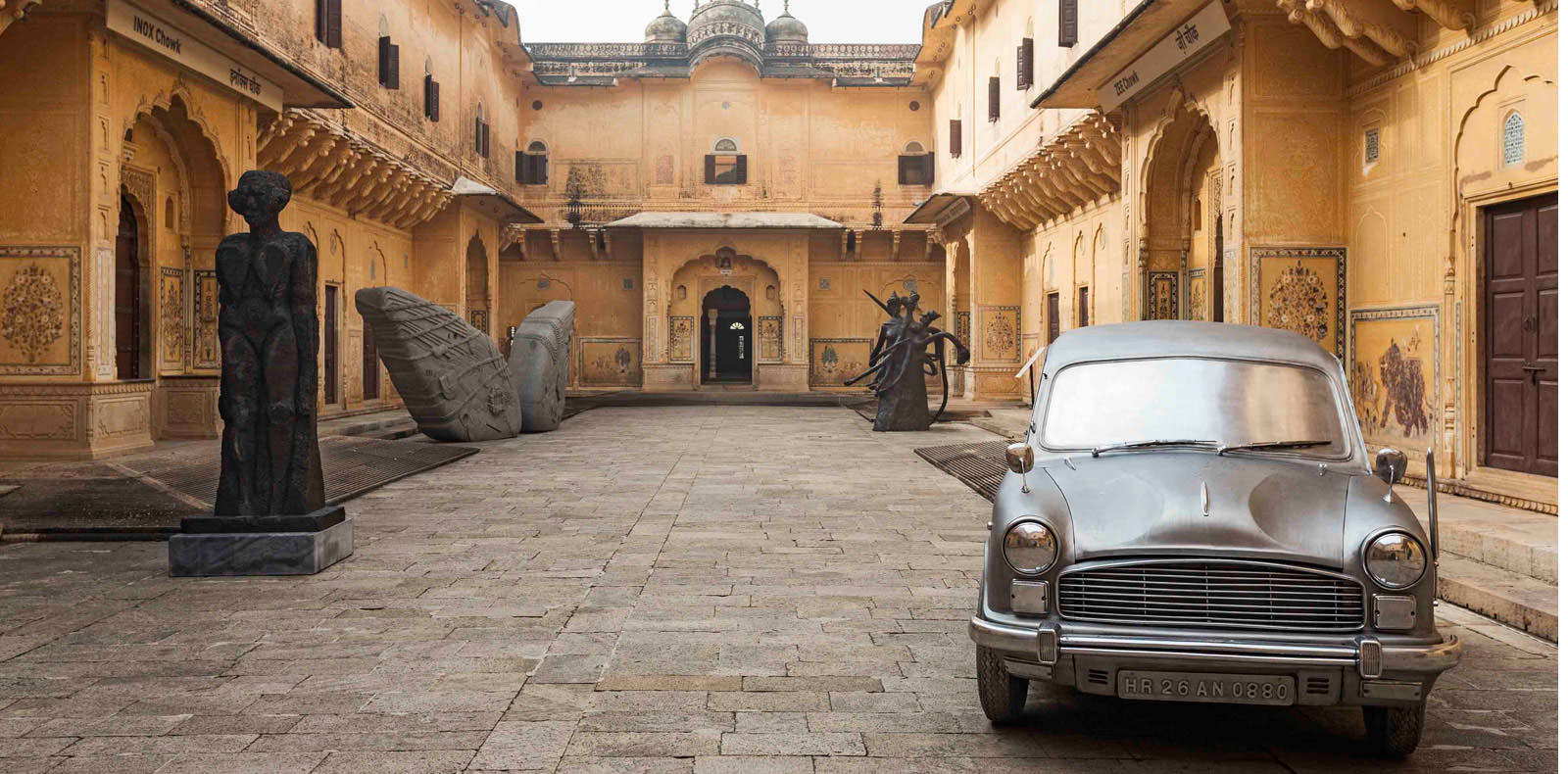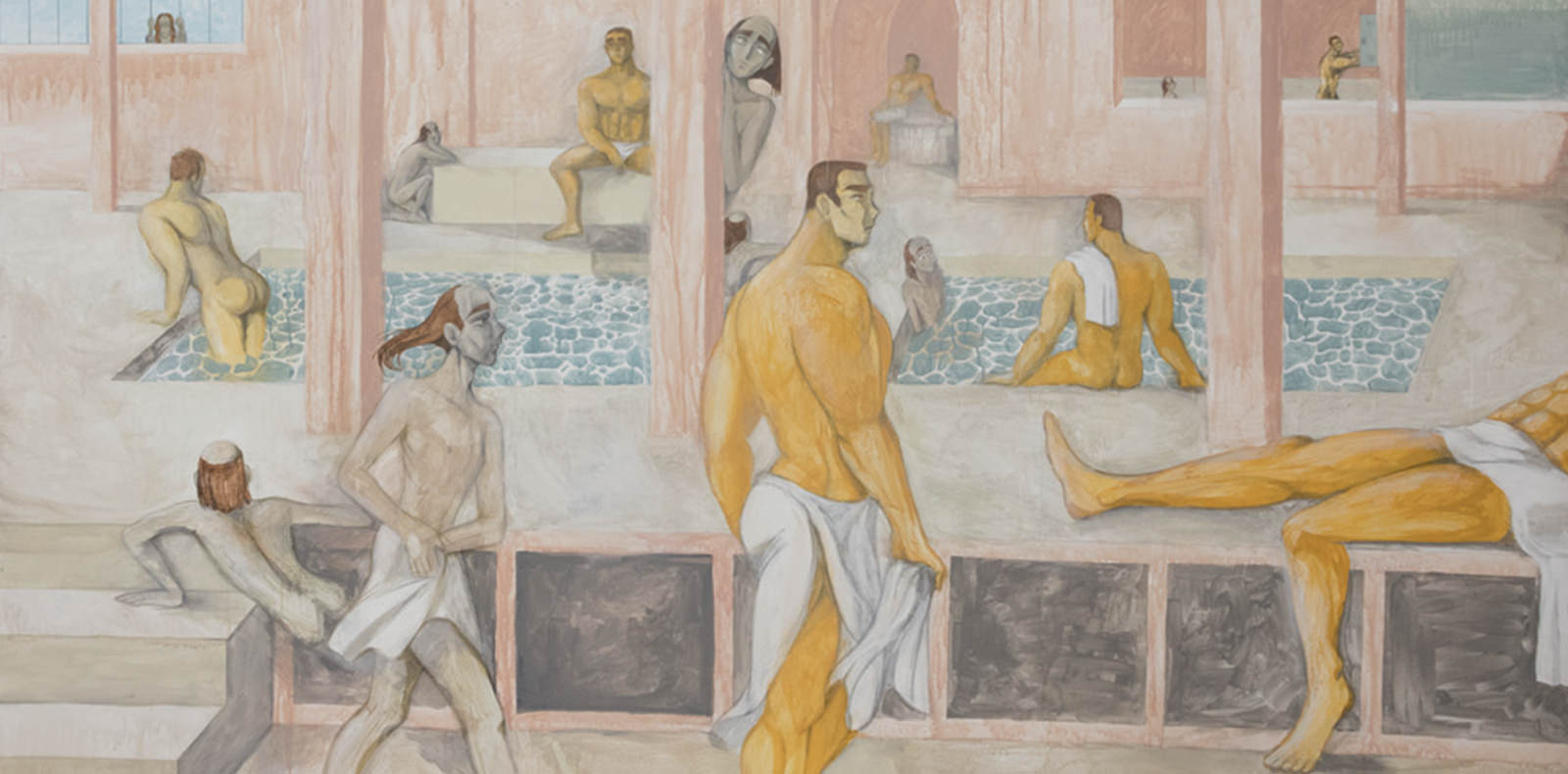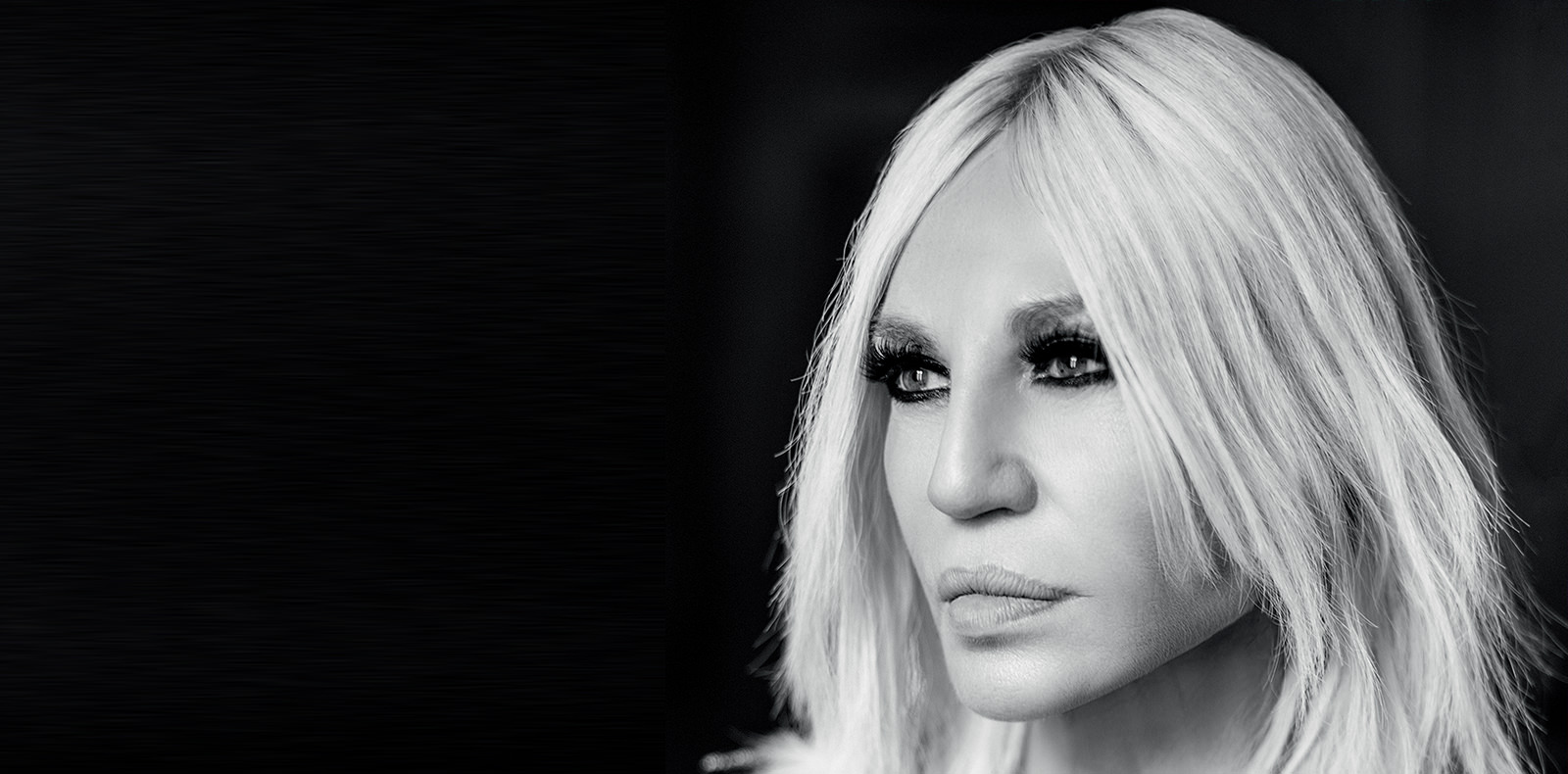
6

6
“I don’t see why wearing flat shoes makes you more intelligent.” Interview with Donatella Versace
Numéro: Your bodyguard’s hot. What’s his name?
Donatella Versace: He is, right? He’s called Gabriele and he’s been with me for 15 years. He follows me everywhere I go.
You paid an extraordinary homage to Gianni at your last ready to wear show. What prompted you to take such a lovely walk down memory lane?
Gianni passed away 20 years ago, which is a long time. I felt more sure of myself, and felt it was time to go back to the archive. I wanted to bring back Gianni’s sense of joy. Paying homage to Gianni isn’t as easy as it seems, because he accomplished so much. So I decided to focus on his prints. When Gianni did them, nobody was doing prints. And the types of prints he was doing featured between 18 and 20 colours, which was technically unheard of at the time. I also thought it was important to show Gianni’s cultural heritage to the younger generations…
…the wretched millennials!
I live with millennials. Need I remind you that I have a son and a daughter, and I spend a lot of time with all their friends. I love working with all the young models, like Kendall and Gigi and Bella… They always tell me how much time they spend scouring eBay to find vintage printed jeans and printed shirts from the 90s. Everyone was asking me, “Where can I find that stuff?” So I decided to show them.
You say that Gianni accomplished so much, but you have too since his untimely death, wouldn’t you say?
That’s not for me to say. My brother was such an icon, such a genius, that it’s impossible for me to compare myself to him. Next to Gianni, I feel like I’m nobody. But at the same time, I was there by his side throughout his career, and I remember all the incredible moments that we shared together. I was always pushing him to be bolder, more daring and provocative in his work. I hate to wax nostalgic, because I love the times we’re living in, but fashion was a lot freer back then. It wasn’t all about marketing, merchandising, pricing and budgets as it is today. All those words that you have in your mind when you head to the office today didn’t exist back then. “Budgets” being the worst of all of them.
“I was keen on empowering women, and I wanted to change the perception that people had of the brand from ‘look at me’ to ‘listen to me.’ When I started designing for the brand, I wanted things to be a little bit more sophisticated.”
How can you possibly feel like you’re nobody? You’re Donatella friggin’ Versace for heaven’s sake!
Today a designer is only ever as good as his or her last collection. You have to prove yourself every season. More than ever, fashion is a battlefield, because there are so many brands – ten times more than when Gianni was around and so many people who want new things. I probably shouldn’t be saying this, but I don’t think that this notion of “heritage brands” is relevant anymore. A brand always has to change. You need to keep a fresh mind, fresh eyes and be able to listen to people.
How have you changed in the past 20 years?
I’ve changed completely. I was bold, and I’m still bold, but in different way.
What do you think your brother brought to fashion?
He was a true revolutionary and completely changed the course of fashion. He was the first one to use black leather and bondage for women’s eveningwear, for example. In the 90s, all the other houses followed suit and used leather in their collections, but when Gianni first did it, black leather was only to be found in a handful of seedy gay bars in downtown New York. Gianni never played it safe: his work was radical and divisive. You either loved it or hated it.
“Millennials don’t know anything about the 90s, I thought it might be a nice idea to show them just how beautiful and professional the supermodels were.”
Which of your brother’s collections most inspired you?
Difficult to say. When we were doing fittings with Gianni, he’d say, “Let’s shorten the skirt a bit,” and then pin the skirt’s hem just above the knee. But as soon as he’d turned his back, I’d sneak in and hike the skirt right up to the crotch and pair it with thigh-high stiletto-heeled boots. I’d be like, “Let’s go for it!”, and he would scream, “You’re going to destroy me!”, but ultimately he would embrace it. We’d all be laughing our heads off, having a great time. He enjoyed taking risks.
How is your own personal style different to Gianni’s?
Fashion has been through a complete revolution since I’ve been at the helm of Versace. When Gianni was alive, there was no such thing as the internet, let alone social media. I’d been living in a golden cage with Gianni for all those years, being able to do whatever I wanted to do, and suddenly I’m confronted with this brave new world of Instagram and influencers. The first few years weren’t easy for me. People were telling me to step into Gianni’s shoes and simply continue what he’d been doing, but I couldn’t bring myself to do that. As a woman, my approach to designing clothes for other women was obviously going to be different. I was keen on empowering women, and I wanted to change the perception that people had of the brand from “look at me” to “listen to me.” That was very important to me. W he n I star te d de signing for Versace, I wanted things to be a little bit more sophisticated, with fewer colours and fewer prints. And I wanted to shift the focus to daywear because, let’s face it, most people spend most of their life wearing clothes during the day. Versace had always been known for cocktail dresses and celebrities, so it was an about-face for the brand that wasn’t as easy as you might think.
Was it your idea to reunite some of the world’s most iconic supermodels at the last show?
Yes. You wouldn’t believe what a logistical nightmare it was! [Laughs.] Millennials, whether it be my children or their friends, don’t know anything about the 90s, so I thought it might be a nice idea to show them just how beautiful and professional the supermodels were, and what extraordinary personalities they have.
How much was Gianni responsible for the supermodel craze?
He played a decisive role in their success because he was the first designer to put them on the runway. In those days, there were two types of model: print models and runway models. Linda Evangelista, Cindy Crawford and all the girls that Avedon shot for our campaigns would never do the shows because they were considered to be print models. But when Gianni saw the pictures, he asked, “Why don’t we put these girls on the runway?” And I said, “Okay, let’s try it!” It was a little tricky at first, because they didn’t know how to walk a catwalk like the runway girls, but they had such strong personalities that Gianni immediately fell in love with them.
“I don’t see why wearing flat shoes, no make-up and unkempt hair makes you more intelligent.”
Which was your favourite? Mine was Linda.
Linda was super professional. She never made a mistake, neither in a picture nor on the runway. She certainly knew how to prepare herself: she could spend three hours before a shoot checking out her facial expressions in the mirror, finding the perfect way to arch an eyebrow. The professionalism of those girls was incredible.
How do you manage to remain so glamorous at all times?
Am I?
Glamorous is rather an understatement: you’re the eighth wonder of the world, right up there with the Hanging Gardens of Babylon.
You’re so generous! But let me ask you: why shouldn’t a woman be glamorous? I don’t see why wearing flat shoes, no make-up and unkempt hair makes you more intelligent.
Which of your accomplishments are you most proud of?
I know I’ve made a few mistakes along the way – after all, nobody’s perfect – but I’m proud to have steered Versace through the winds of change over the last 20 years without the brand losing any of its relevance.
You stun on red carpets – what’s your secret to always looking so picture perfect?
I’ve been working with supermodels most of my life, which has allowed me to pick up a few tricks of the trade along the way. I learnt, for instance, that good lighting is absolutely key to flattering a woman’s beauty. Basically, on red carpets, the idea is to keep moving until the lighting is just right. So I’ve learnt how to recognize exactly when to stop.
In years to come, how would you like to be remembered?
I’d rather people forgot about me.
